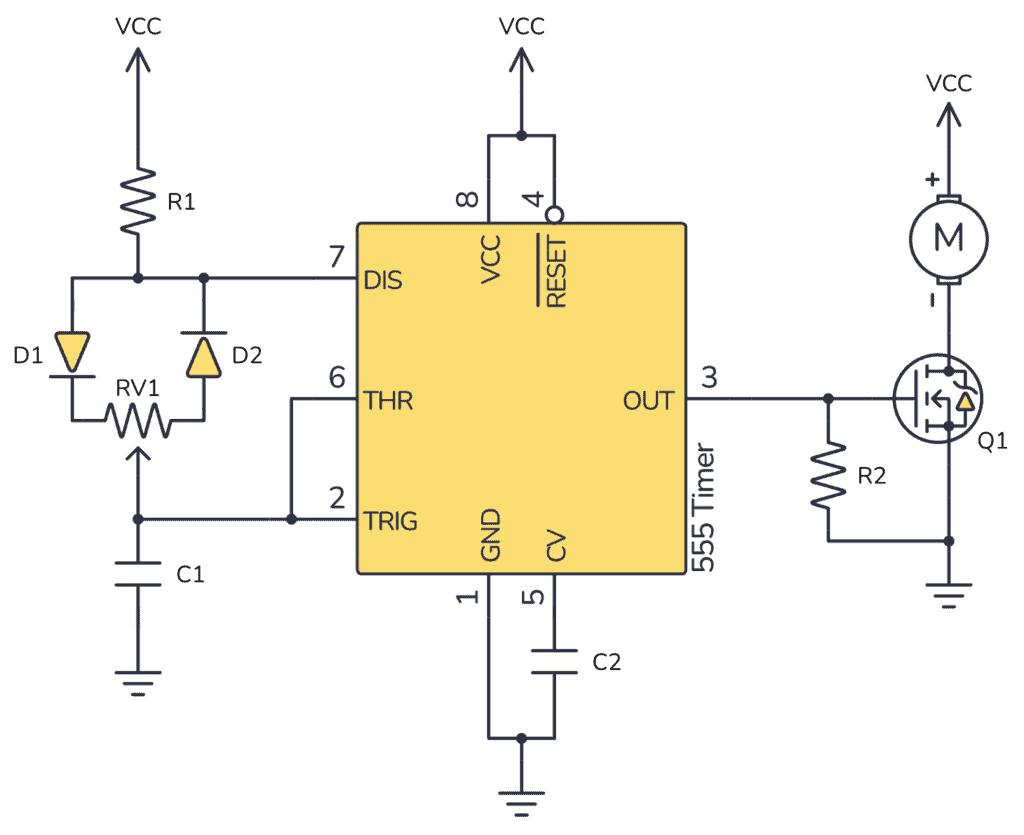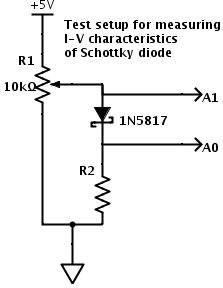How to Identify a Bad Electrolytic Capacitor
Electrolytic capacitors are essential components in electronic circuits that store and release electrical energy. Over time, these capacitors can degrade and fail, causing issues in your electronic devices. In this article, we will discuss how to identify a bad electrolytic capacitor and when to replace it.
Symptoms of a Bad Electrolytic Capacitor
There are several common signs that indicate a capacitor is failing:
- Bulging or leaking: A bulging or leaking capacitor is a clear sign of failure. The electrolyte inside the capacitor may leak, causing the capacitor to swell and deform.
- Electrolyte residue: If you see white or brown residue on the capacitor or circuit board, it is likely that the capacitor has leaked.
- High ESR: A high equivalent series resistance (ESR) indicates that the capacitor is not functioning properly. You can measure the ESR using a multimeter.
- Overheating: If a capacitor is getting excessively hot during operation, it may be failing.
Testing a Capacitor
There are several methods to test a capacitor to see if it is functioning correctly:
- Visual inspection: Check for any physical signs of damage such as bulging, leaking, or residue.
- ESR meter: Use an ESR meter to measure the equivalent series resistance of the capacitor.
- Capacitance meter: Test the capacitance of the capacitor to ensure it matches the rated value.
- Low impedance mode: Some multimeters have a low impedance mode that can help detect faulty capacitors.
Replacing a Bad Capacitor
If you have identified a bad electrolytic capacitor, it is essential to replace it to prevent further damage to your electronic device. Follow these steps to replace a capacitor:
- Disconnect power: Before replacing the capacitor, make sure to disconnect all power sources to avoid electric shock.
- Desolder the old capacitor: Use a soldering iron to remove the old capacitor from the circuit board.
- Solder the new capacitor: Place the new capacitor in the correct orientation and solder it onto the circuit board.
- Test the device: After replacing the capacitor, test the device to ensure it is functioning correctly.
Conclusion
Identifying and replacing a bad electrolytic capacitor can help prolong the life of your electronic devices and prevent costly repairs. By learning how to recognize the signs of a failing capacitor and testing it properly, you can ensure your electronics continue to operate efficiently.
How to Identify a Bad Electrolytic Capacitor
Electrolytic capacitors are essential components in electronic circuits that store and release electrical energy. Over time, these capacitors can degrade and fail, causing issues in your electronic devices. In this article, we will discuss how to identify a bad electrolytic capacitor and when to replace it.
Symptoms of a Bad Electrolytic Capacitor
There are several common signs that indicate a capacitor is failing:
- Bulging or leaking: A bulging or leaking capacitor is a clear sign of failure. The electrolyte inside the capacitor may leak, causing the capacitor to swell and deform.
- Electrolyte residue: If you see white or brown residue on the capacitor or circuit board, it is likely that the capacitor has leaked.
- High ESR: A high equivalent series resistance (ESR) indicates that the capacitor is not functioning properly. You can measure the ESR using a multimeter.
- Overheating: If a capacitor is getting excessively hot during operation, it may be failing.
Testing a Capacitor
There are several methods to test a capacitor to see if it is functioning correctly:
- Visual inspection: Check for any physical signs of damage such as bulging, leaking, or residue.
- ESR meter: Use an ESR meter to measure the equivalent series resistance of the capacitor.
- Capacitance meter: Test the capacitance of the capacitor to ensure it matches the rated value.
- Low impedance mode: Some multimeters have a low impedance mode that can help detect faulty capacitors.
Replacing a Bad Capacitor
If you have identified a bad electrolytic capacitor, it is essential to replace it to prevent further damage to your electronic device. Follow these steps to replace a capacitor:
- Disconnect power: Before replacing the capacitor, make sure to disconnect all power sources to avoid electric shock.
- Desolder the old capacitor: Use a soldering iron to remove the old capacitor from the circuit board.
- Solder the new capacitor: Place the new capacitor in the correct orientation and solder it onto the circuit board.
- Test the device: After replacing the capacitor, test the device to ensure it is functioning correctly.
Conclusion
Identifying and replacing a bad electrolytic capacitor can help prolong the life of your electronic devices and prevent costly repairs. By learning how to recognize the signs of a failing capacitor and testing it properly, you can ensure your electronics continue to operate efficiently.



